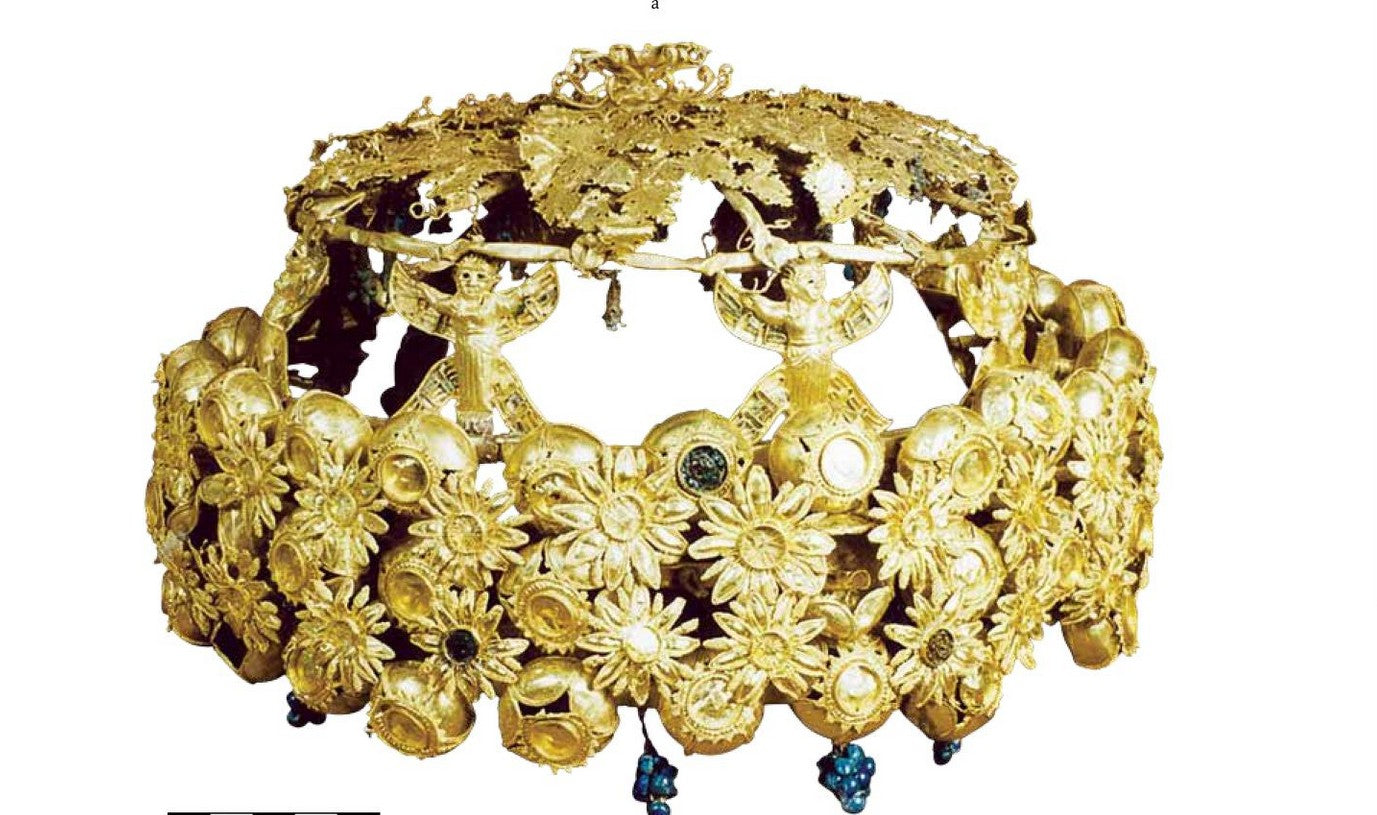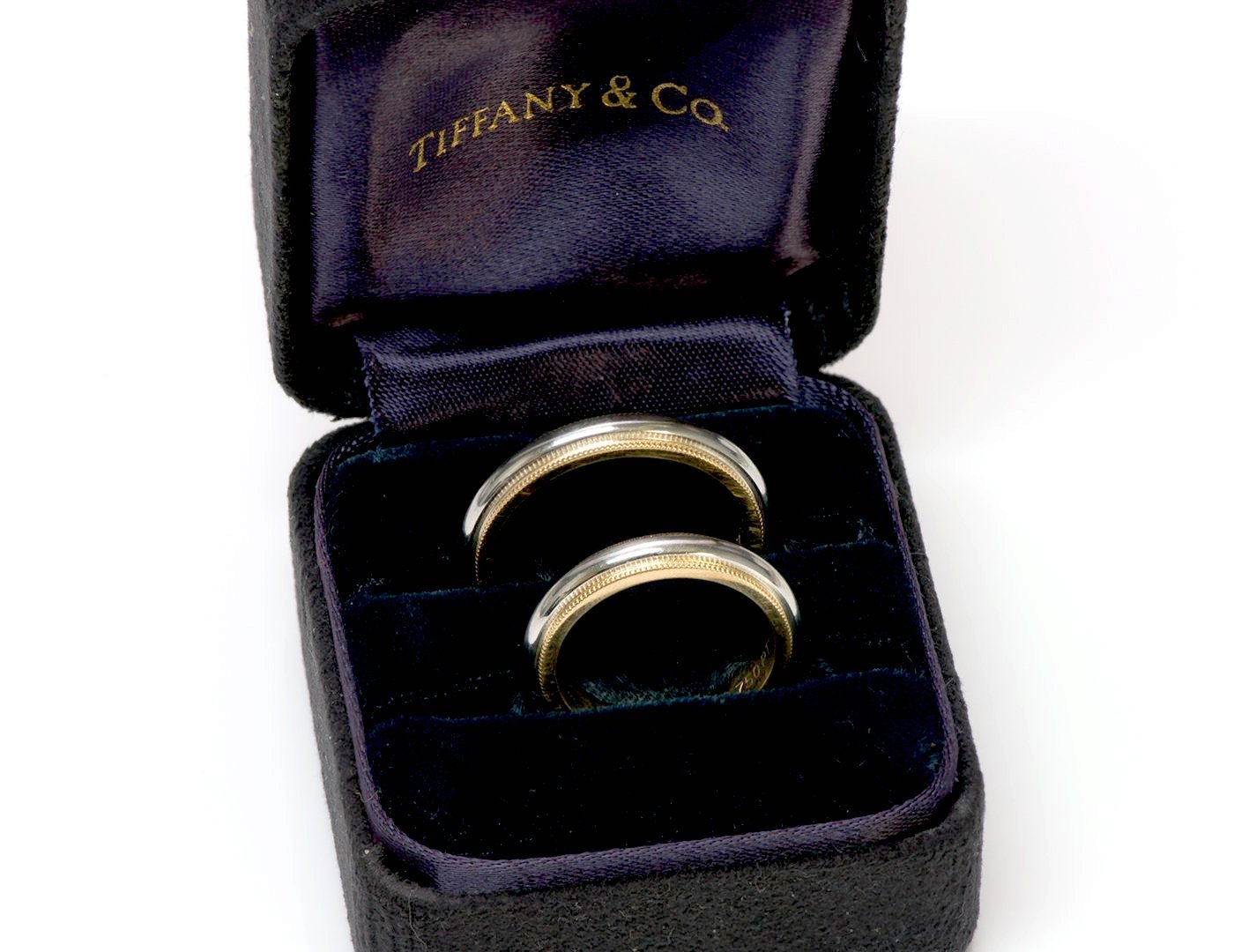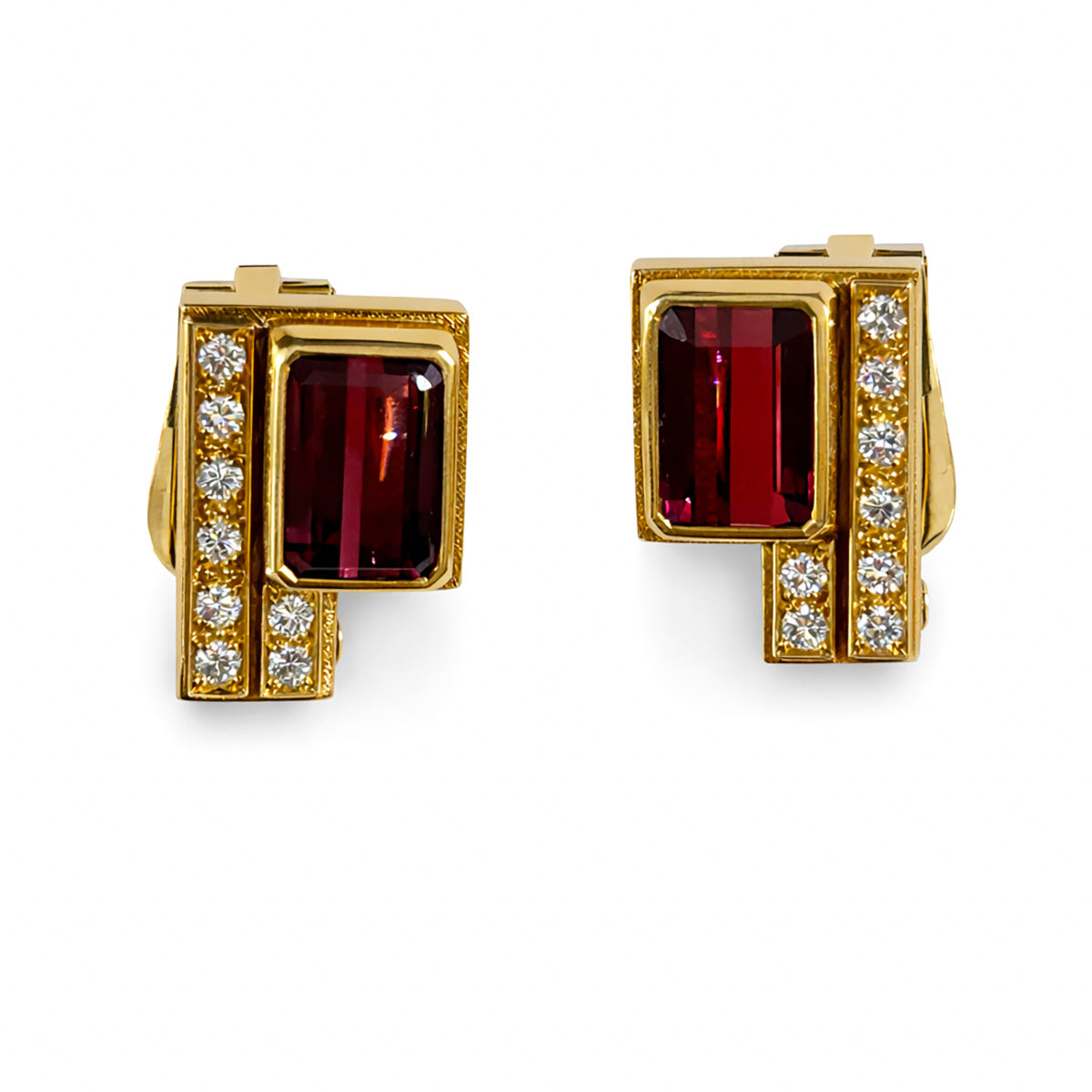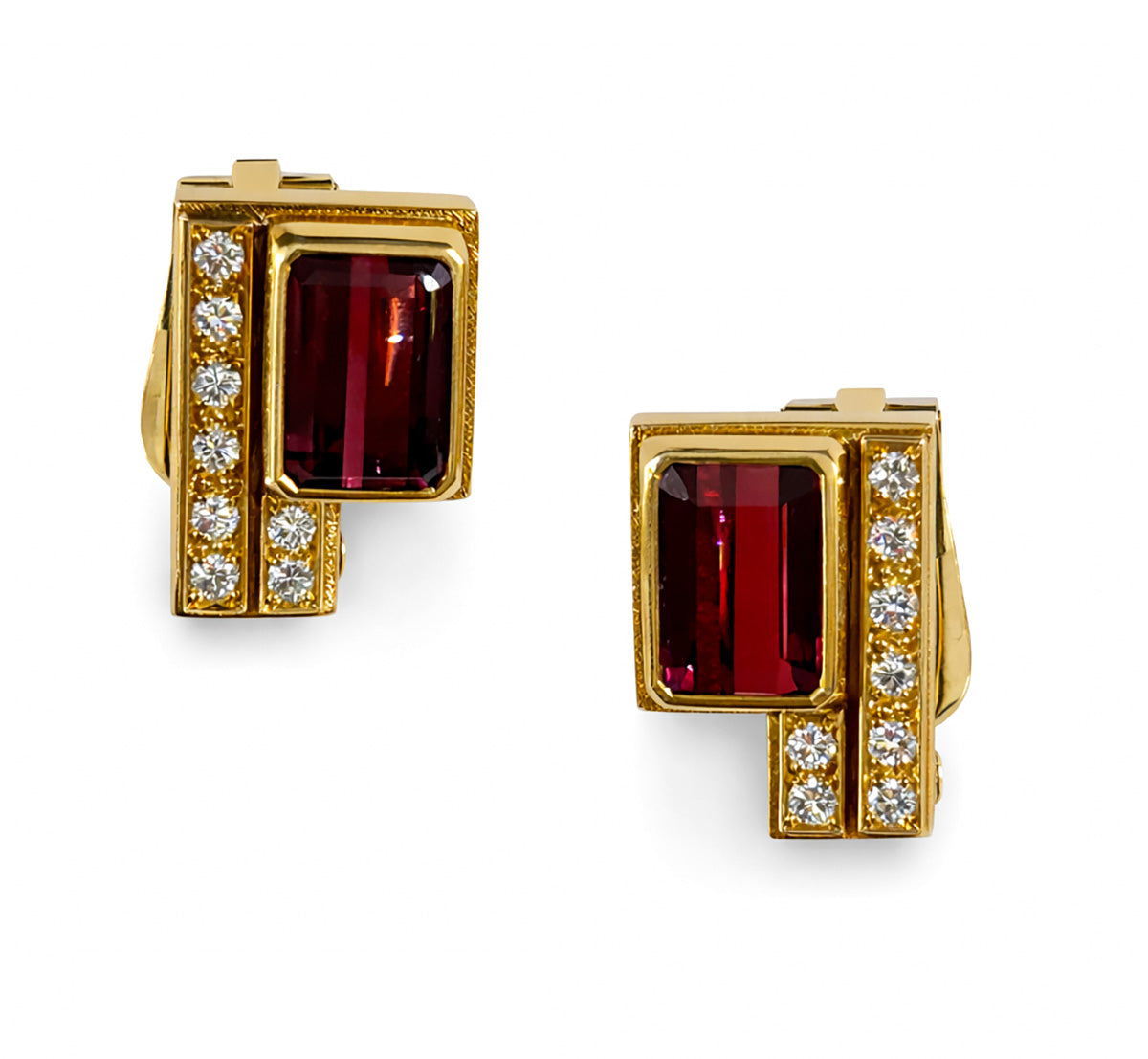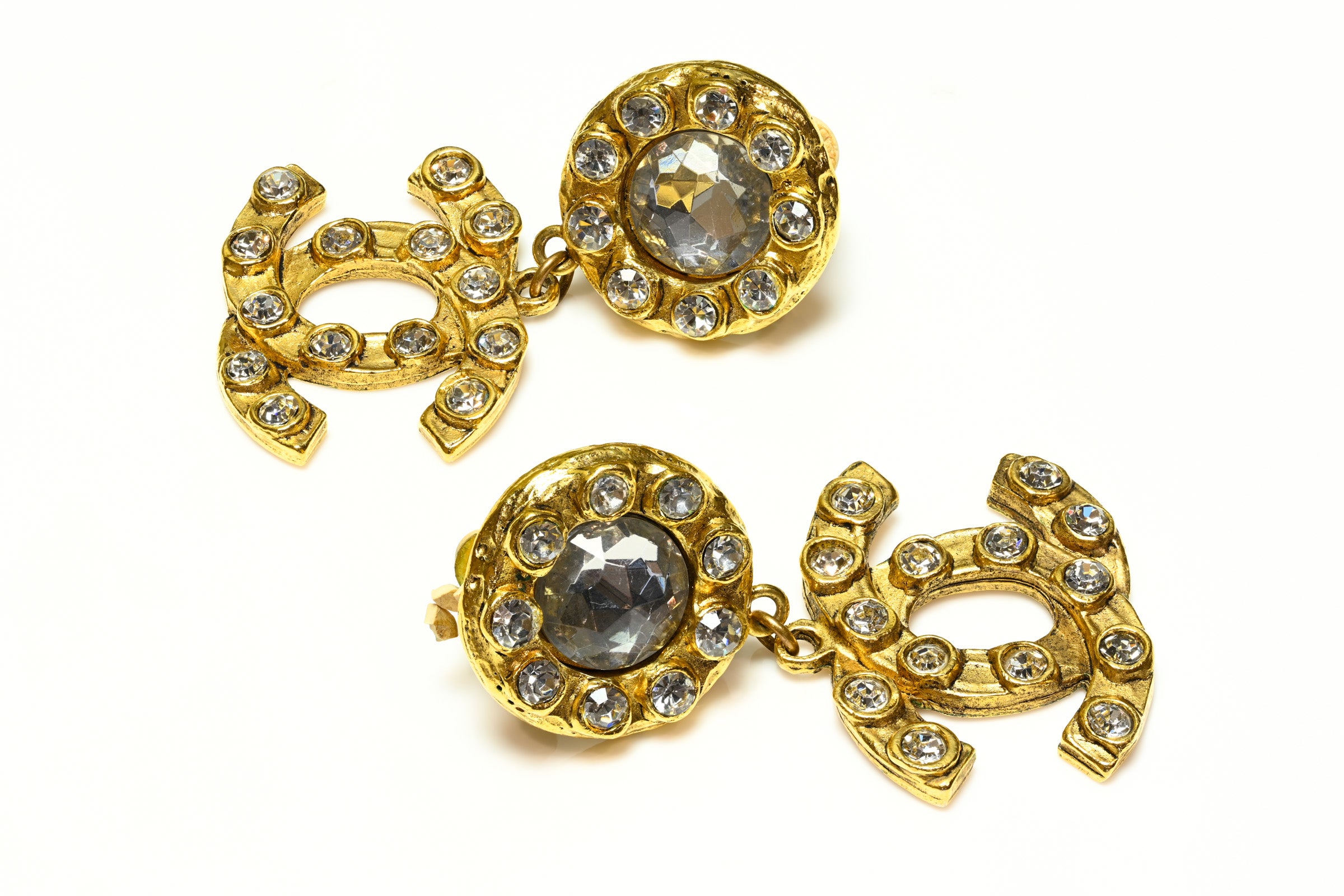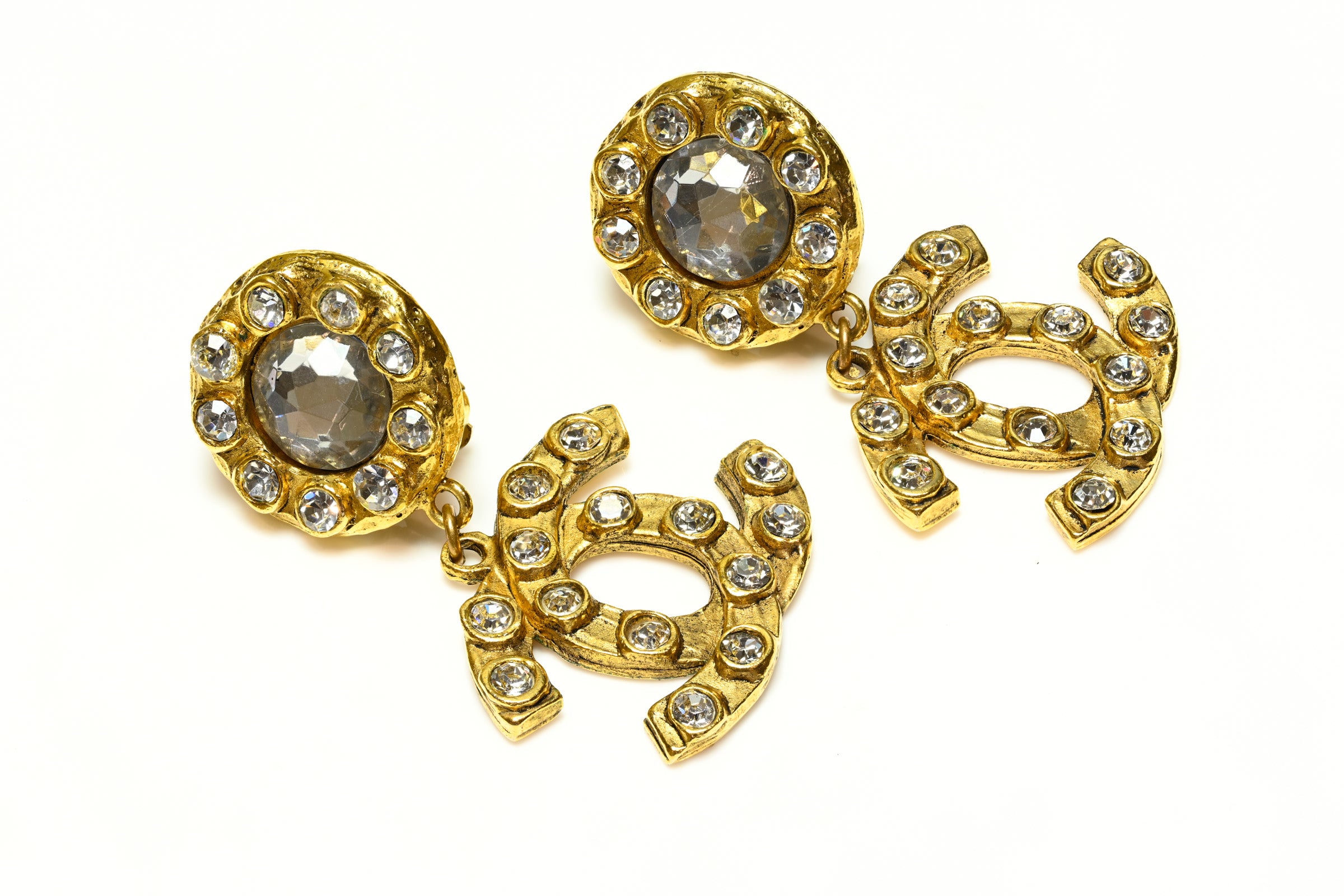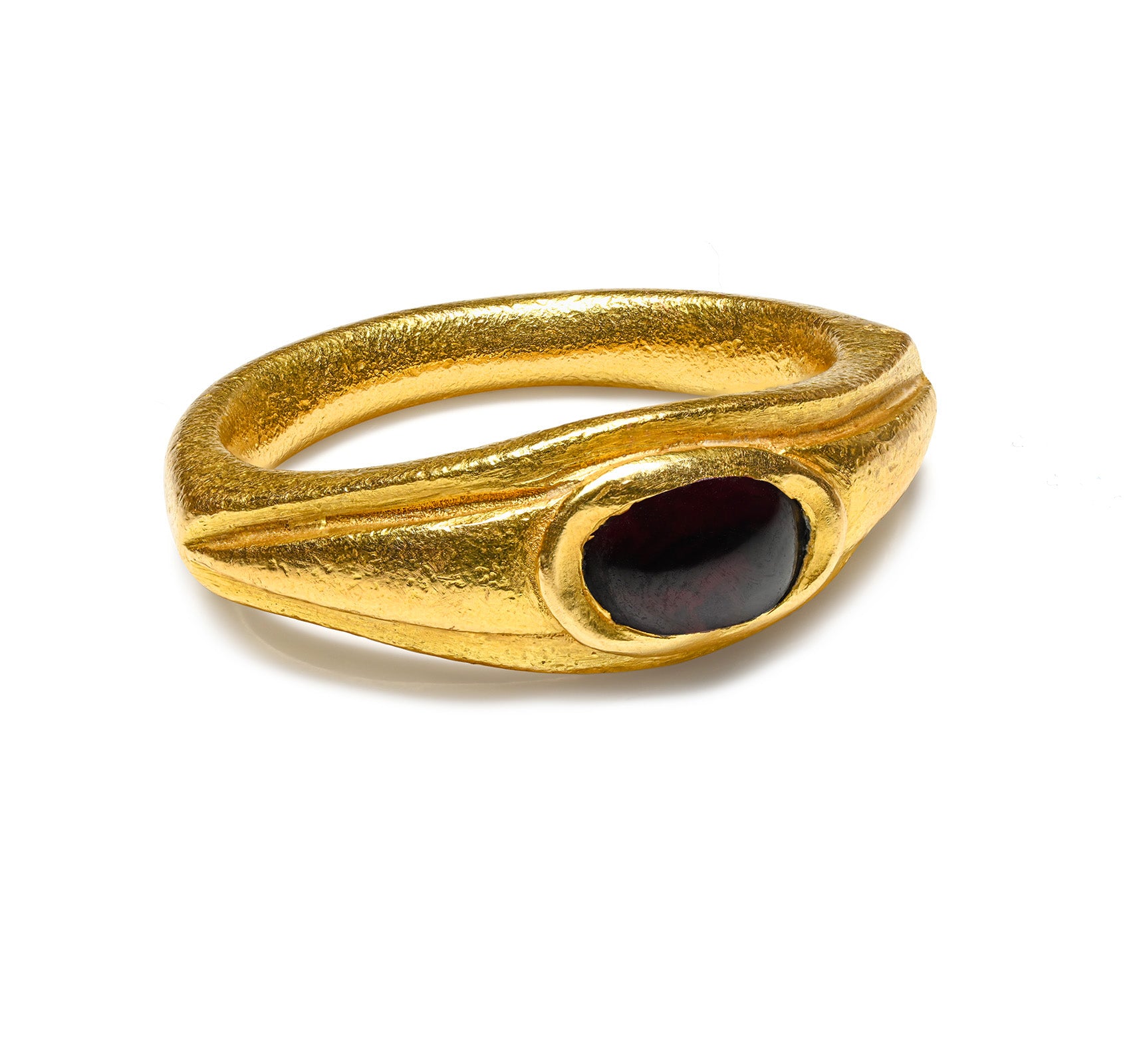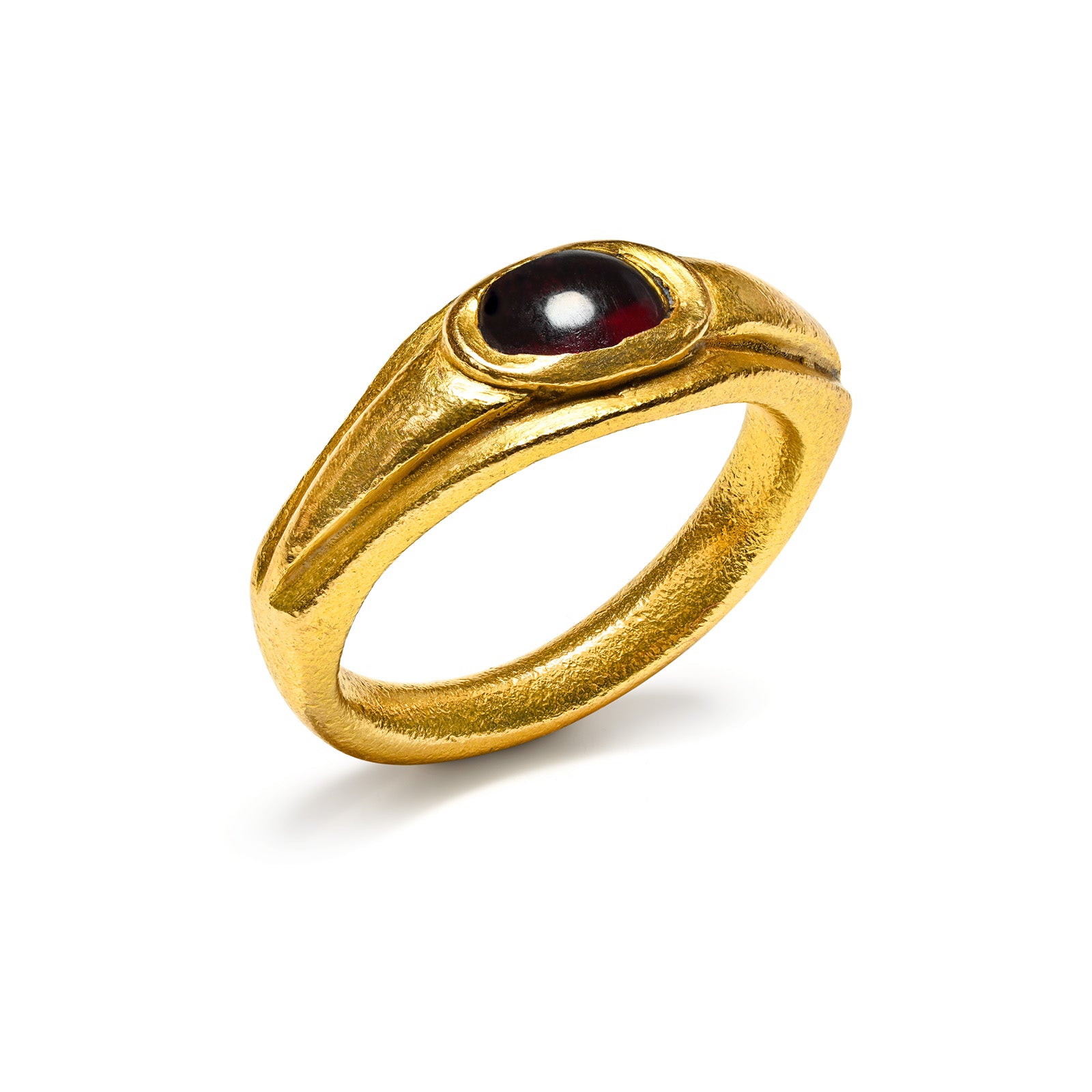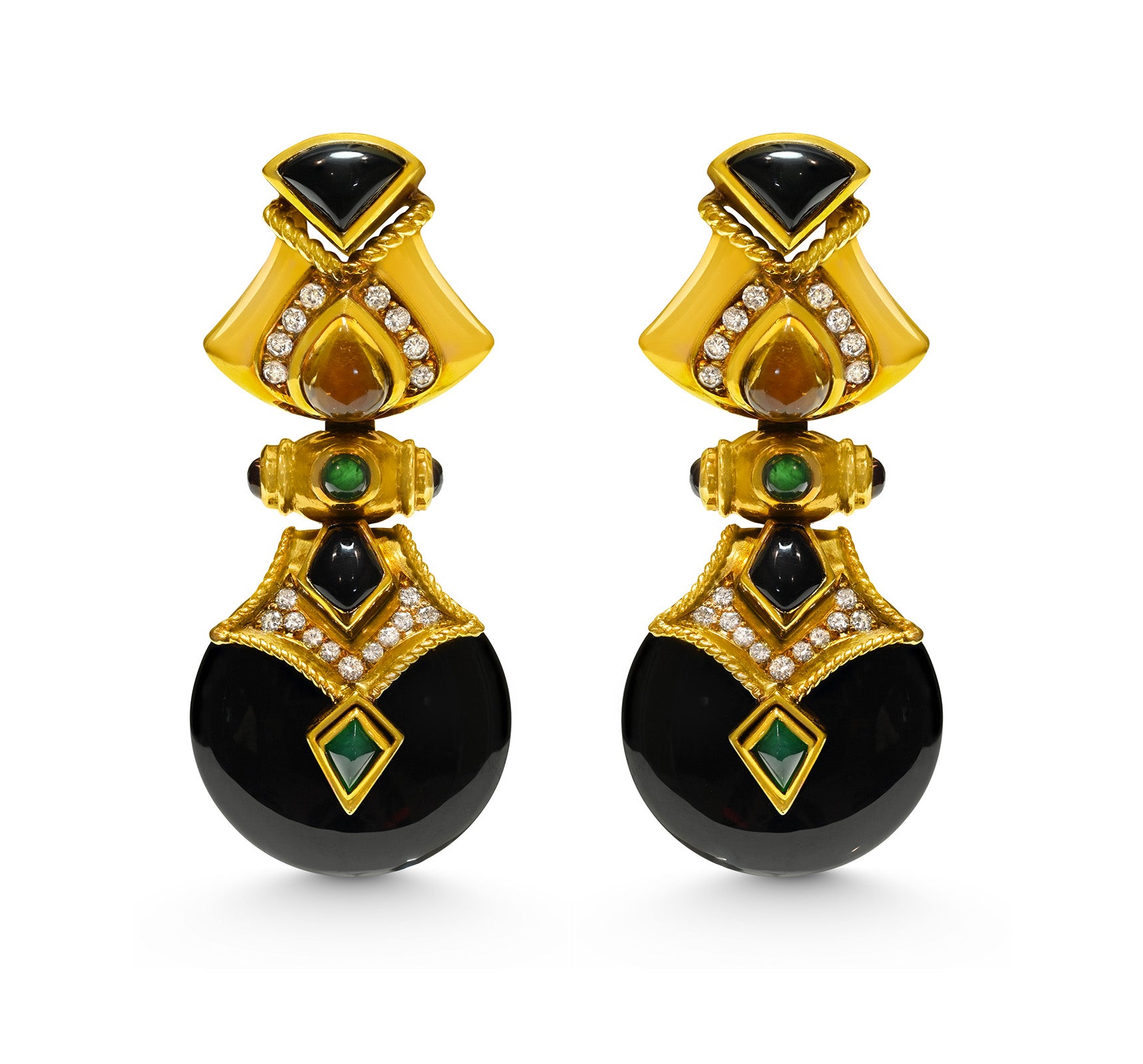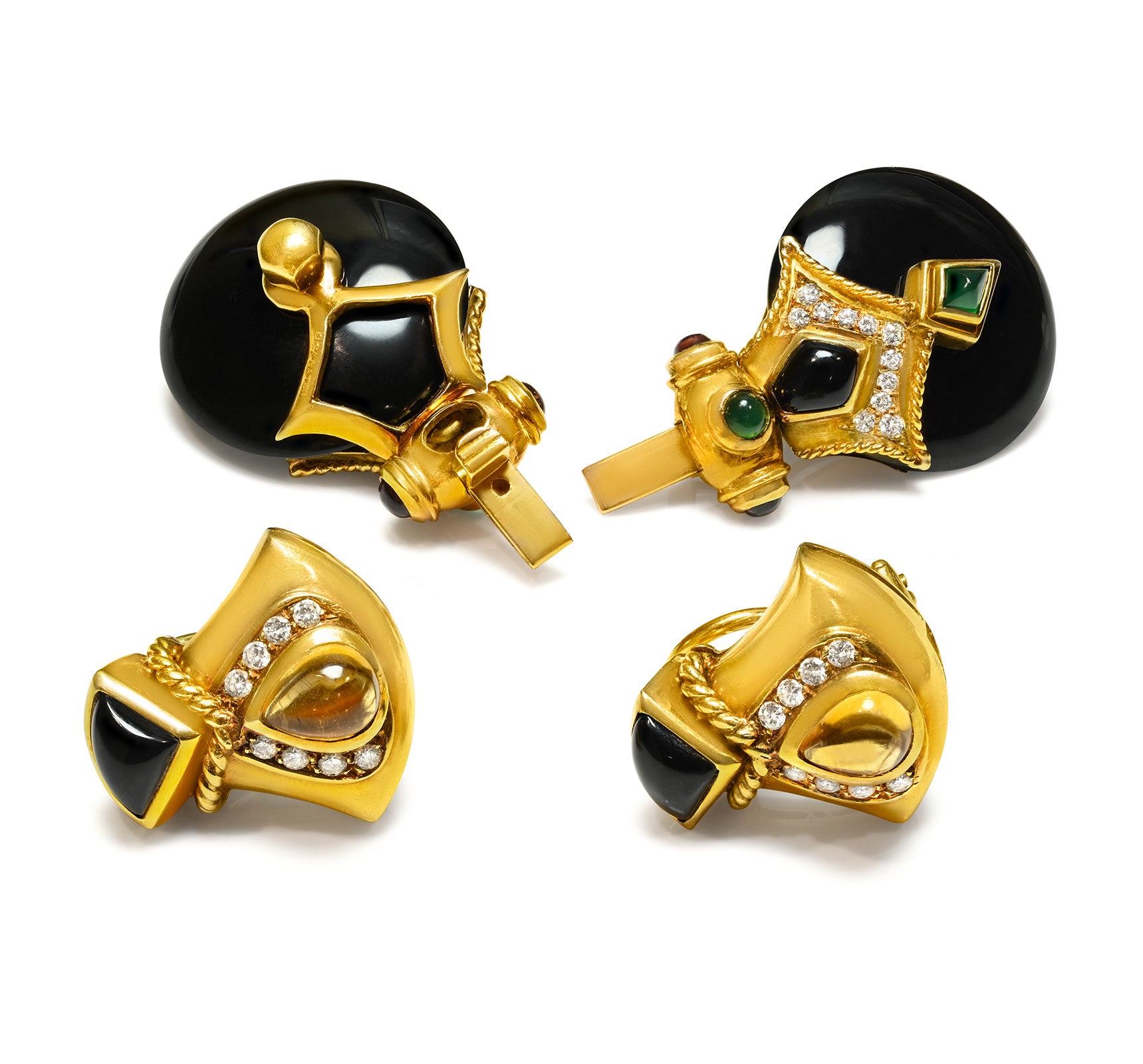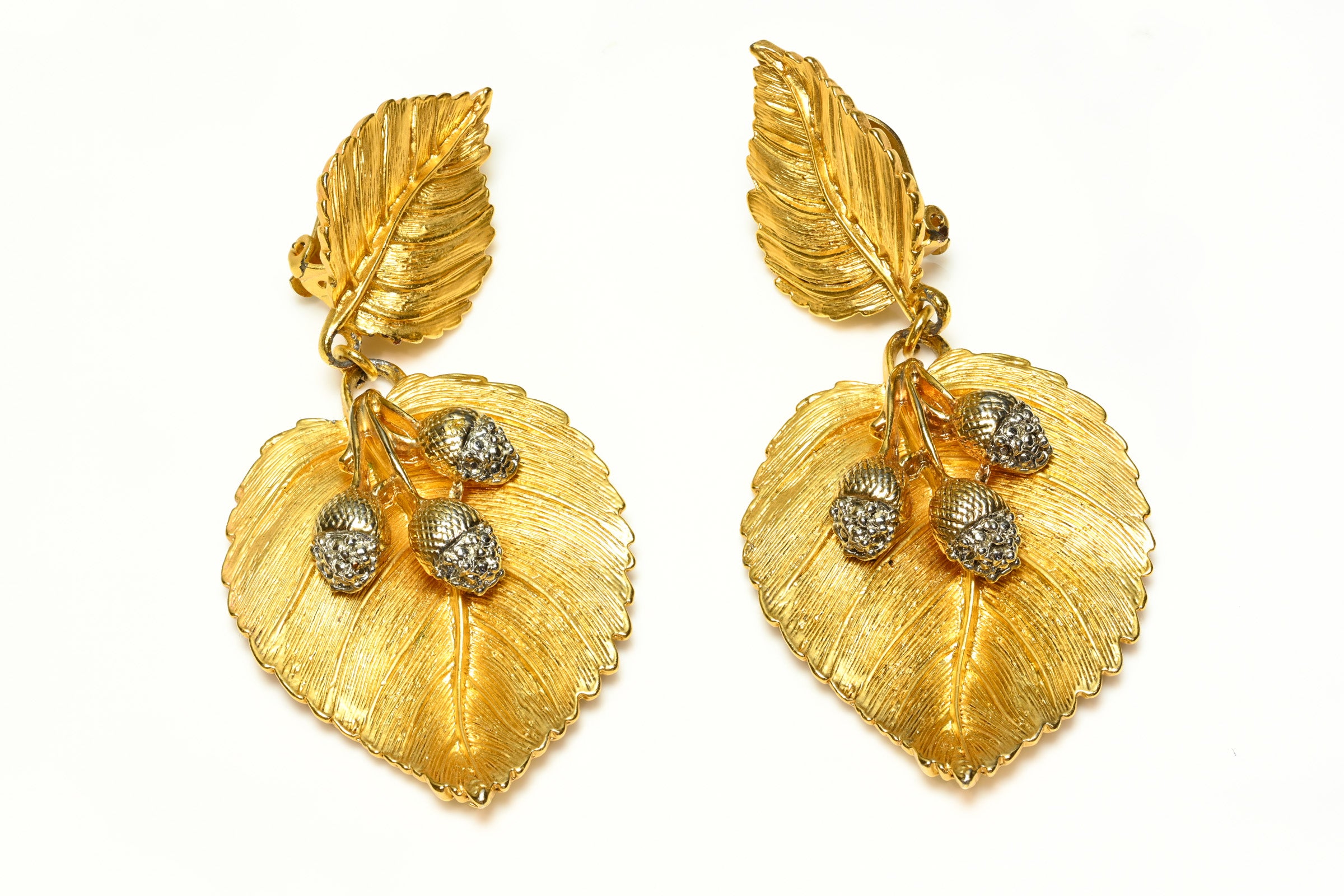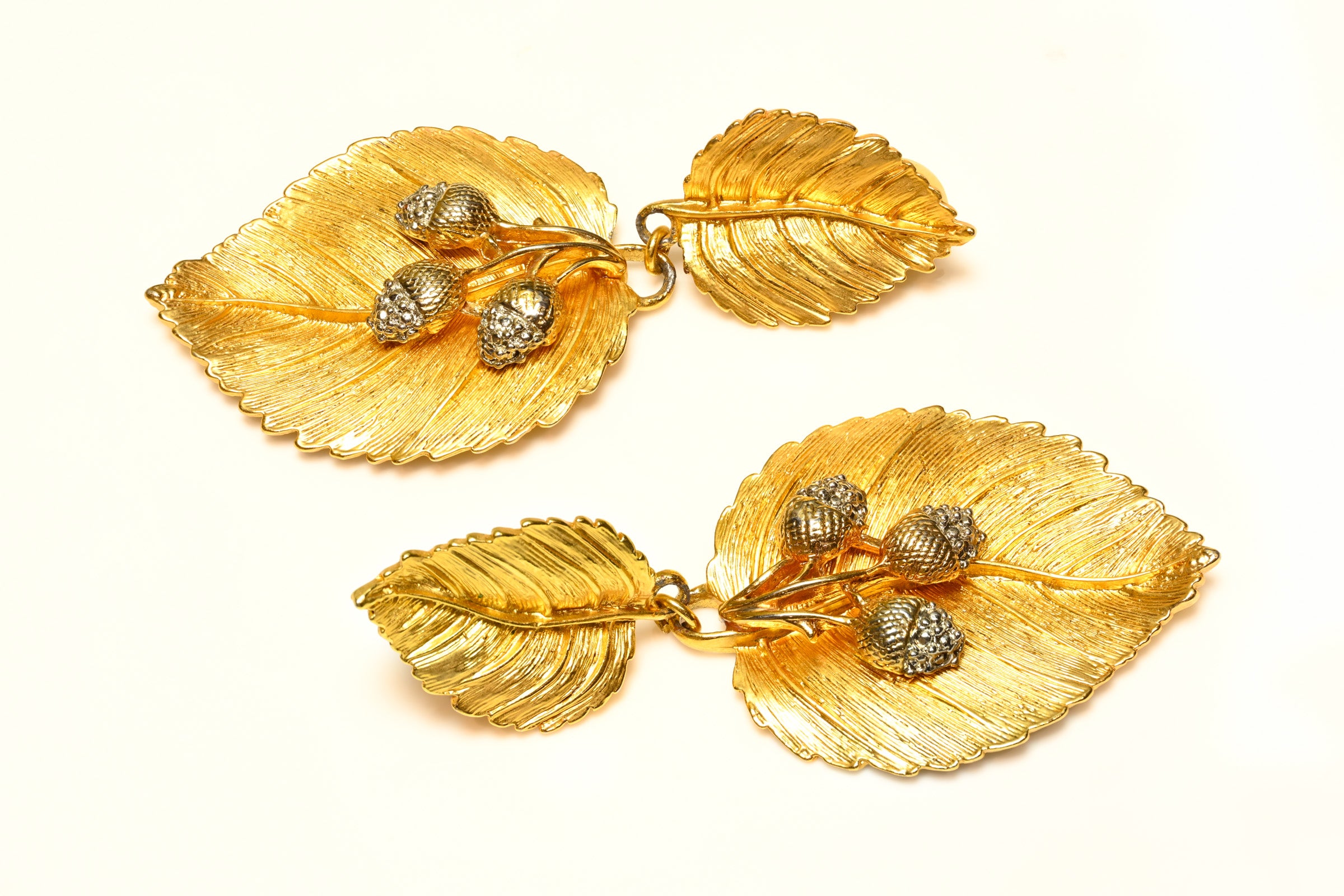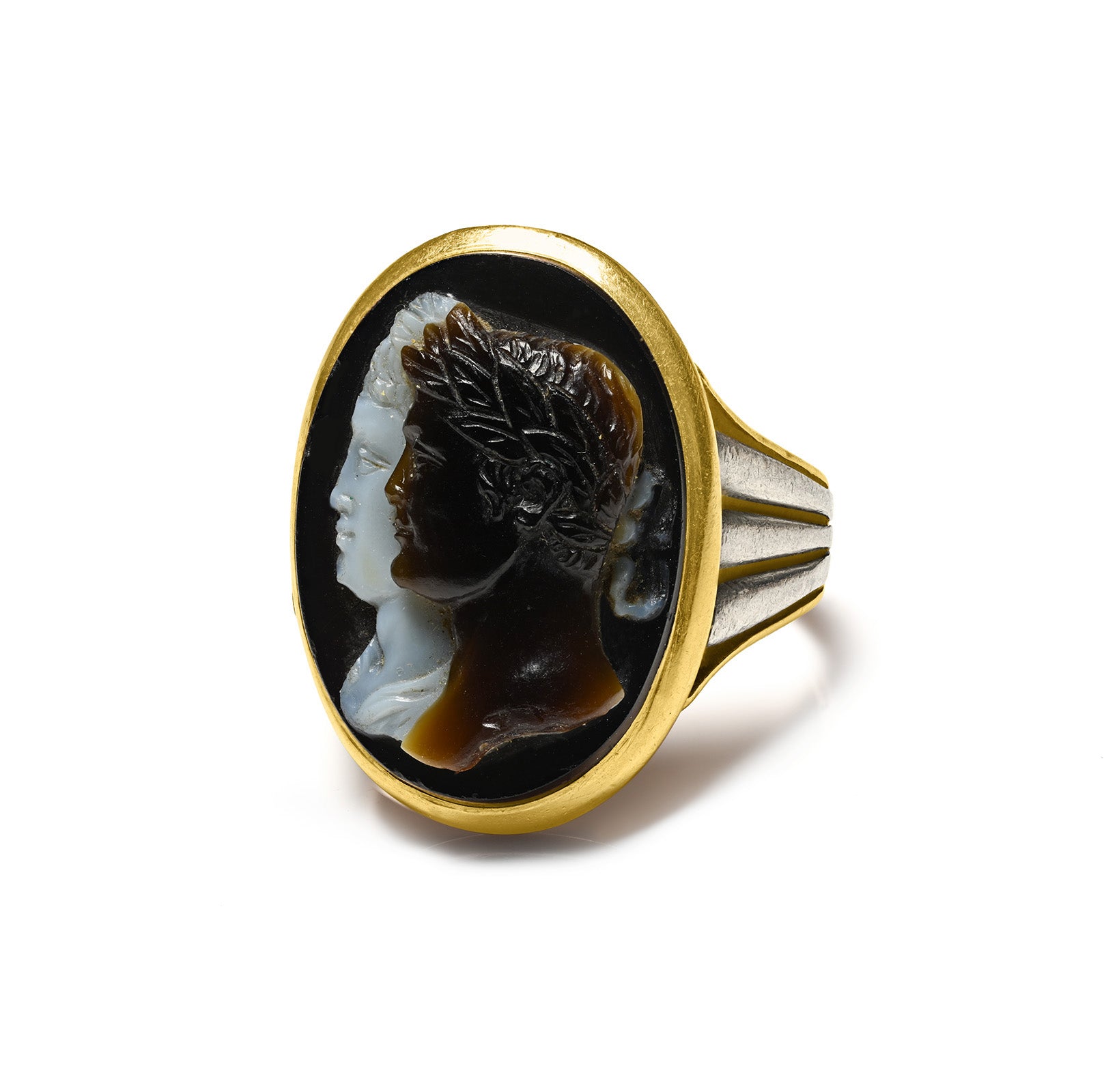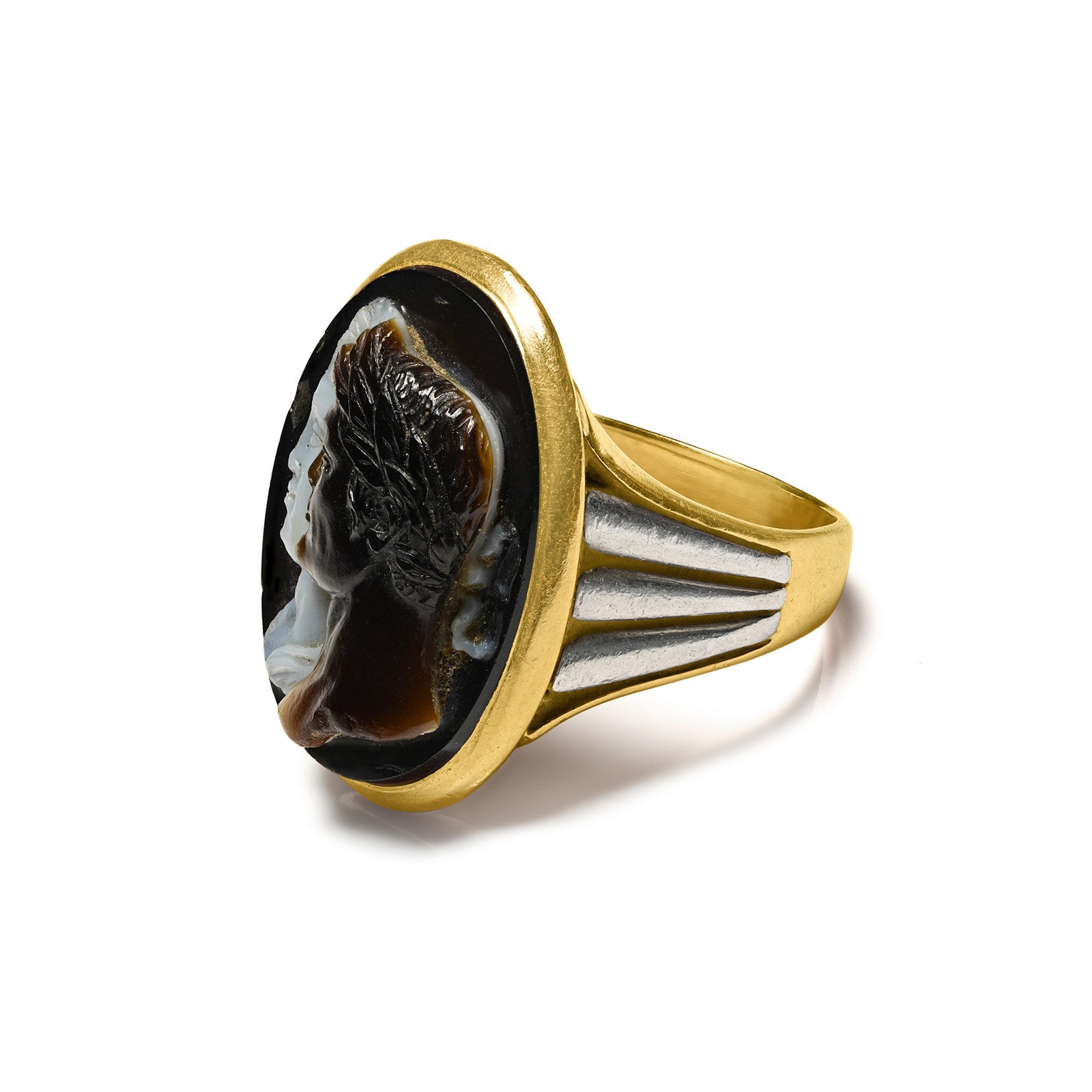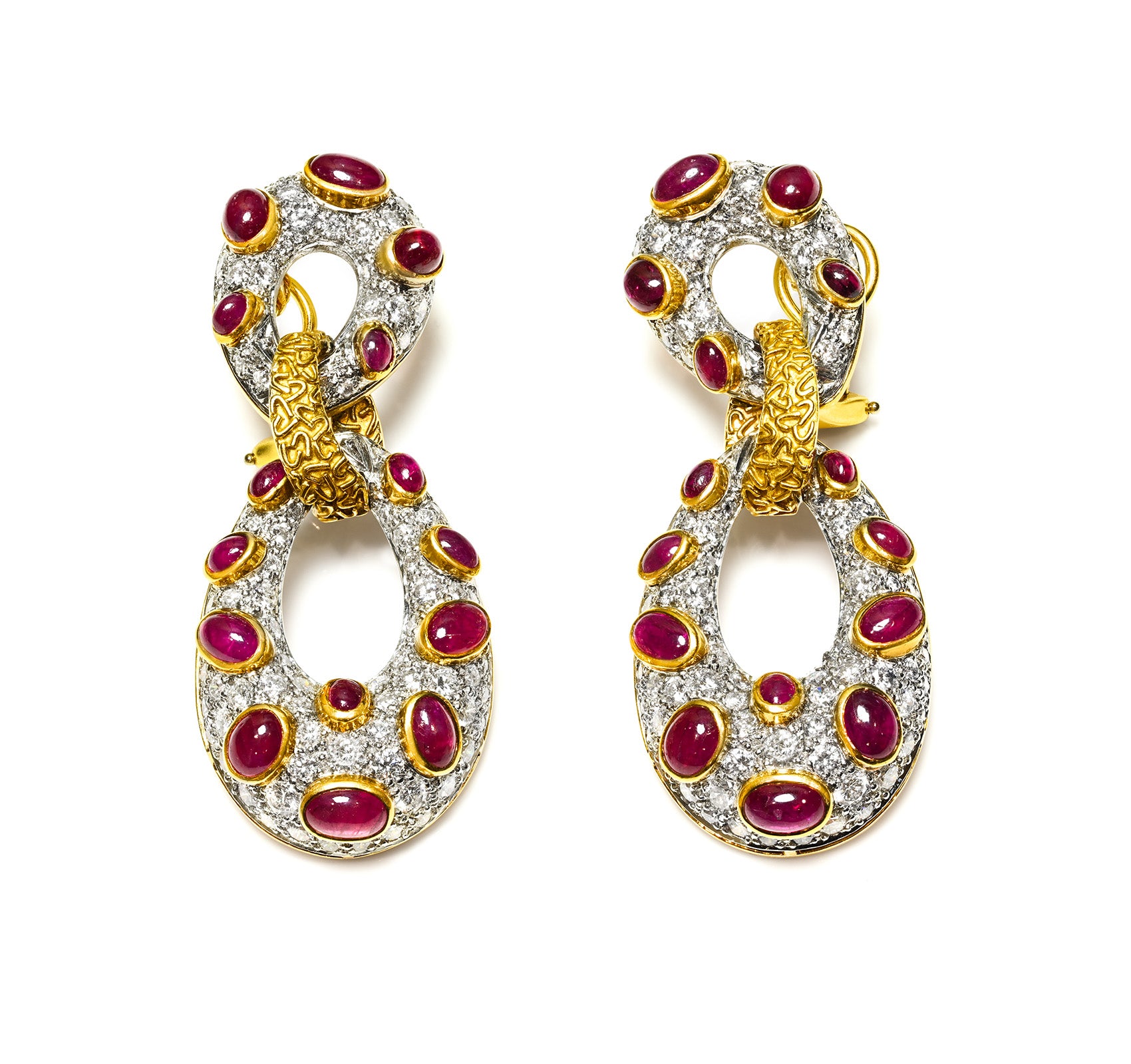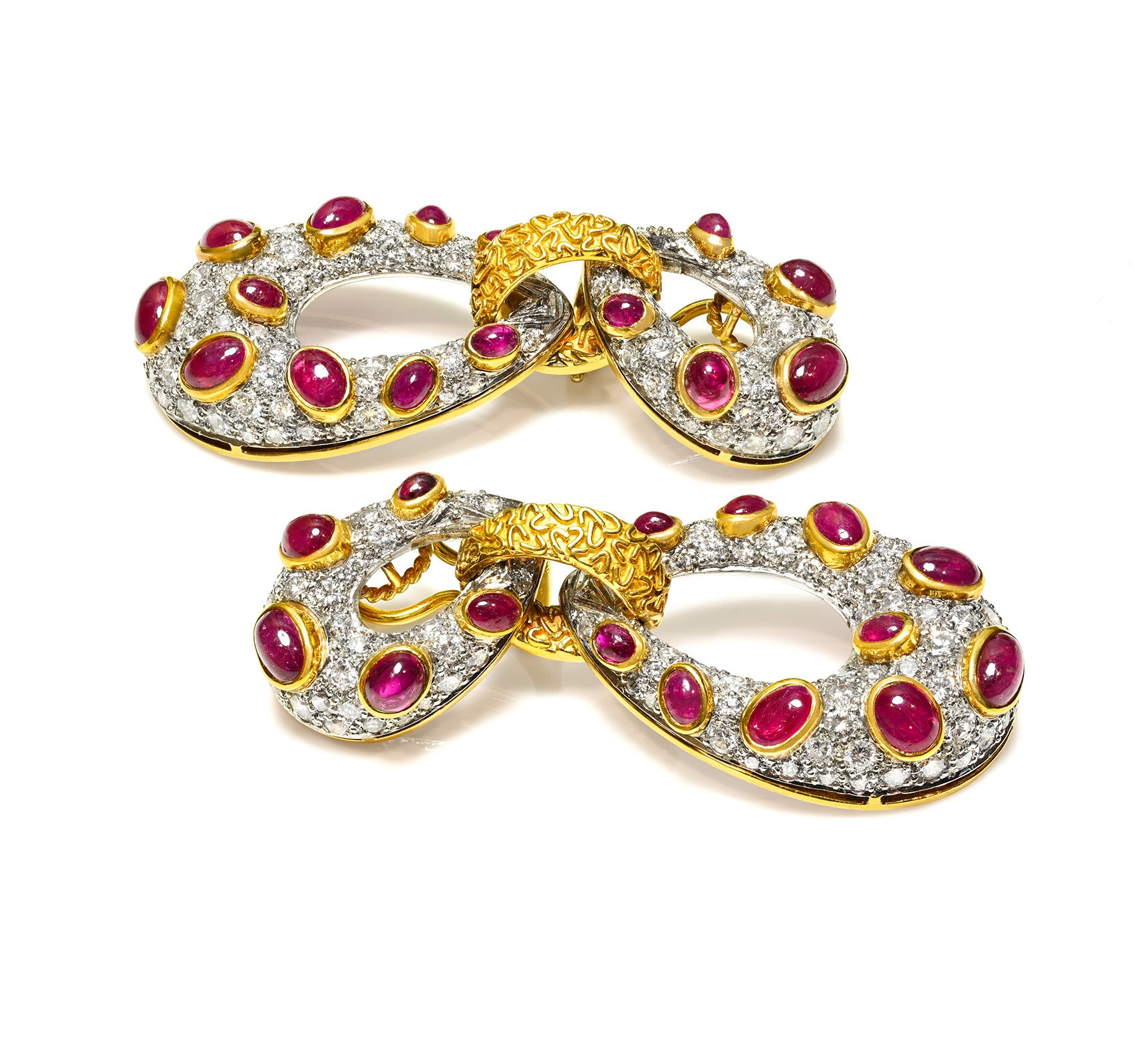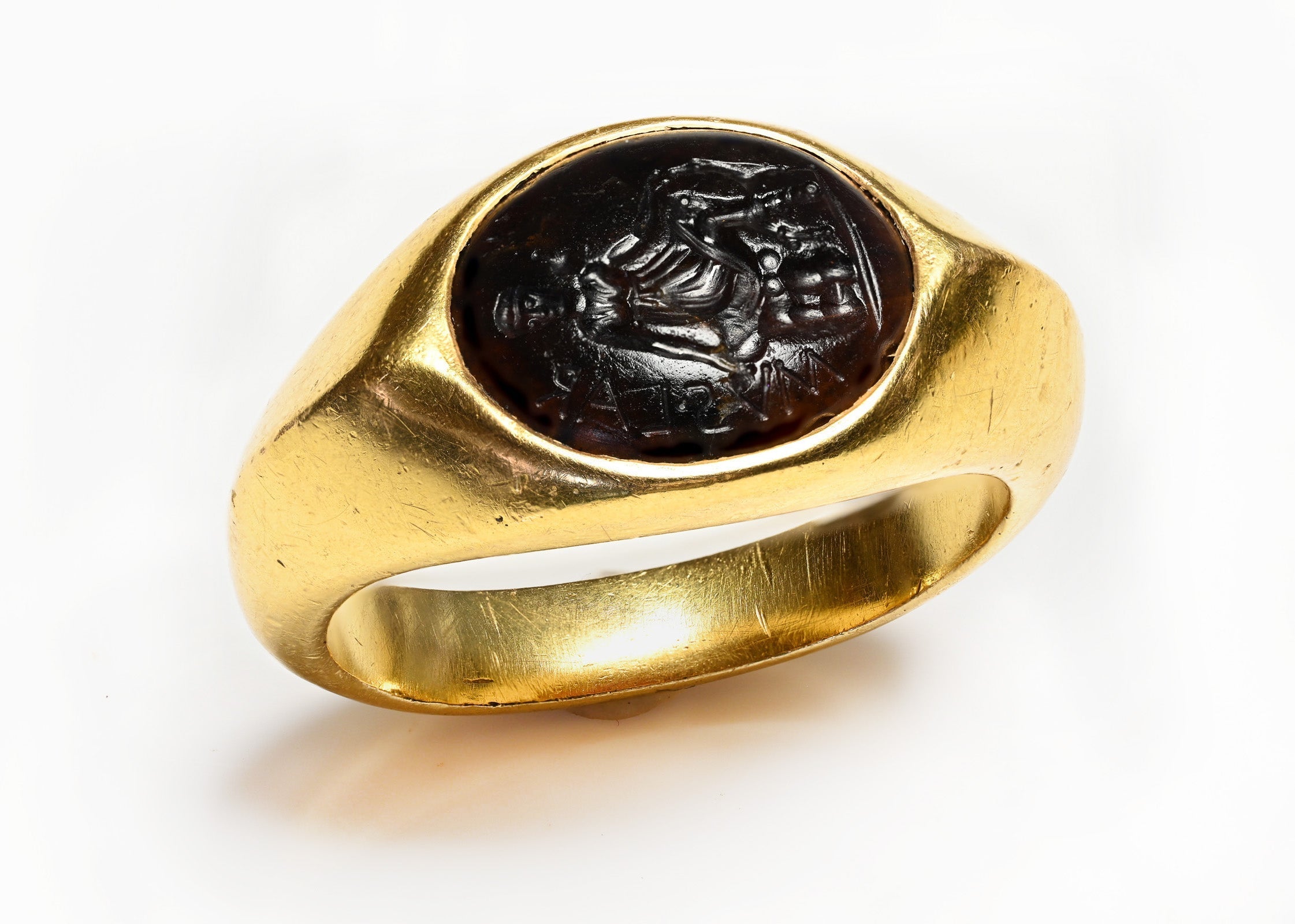
Jewels of Time: A Journey Through Ancient Mediterranean Jewelry
In the ancient world, jewelry was never merely ornamental. It functioned as a language, a protective talisman, a badge of authority, a tender whisper of love, a memory preserved of those departed, and a sacred promise made to the gods.
As vividly depicted in the book Bijoux anciens (Ancient Jewelry) by I. L. Blanchot, across the sun-drenched Mediterranean—from the fertile banks of the Nile to Greece’s marble cities and Rome’s bustling markets—jewelry served both as a reflection and a driving force of civilization.
Each bead, meticulously hammered gold sheet, intricately carved scarab, or delicate filigree tells a tale—not merely of beauty, but of beliefs, aspirations, and humanity's eternal desire to adorn, protect, and be remembered.
In quiet museum galleries, these jewels whisper across the centuries, inviting us to envision the laughter, longing, and reverence with which they were once crafted and worn. Each artifact, whether a modest bead or regal diadem, bears the invisible fingerprints of countless souls—miners, artisans, merchants, and wearers—each imprinting its story onto the jewel’s enduring surface.
We invite you now on a captivating journey through the vibrant history of ancient jewelry.

Ancient Mediterranean Jewelry - "Bijoux anciens" (Ancient Jewelery) by I. L. Blanchot
Egypt: The Alchemy of Eternity
Entering the realm of ancient Egyptian jewelry means stepping into a world where art, religion, and everyday life intertwine inseparably. The Egyptians understood deeply the mystical qualities of their materials.
From the earliest dynasties, their goldsmiths demonstrated unmatched skill, delicately extracting not only gold from the earth, but also turquoise, carnelian, lapis lazuli, and faience—a glassy, blue-green substance reminiscent of the shimmering Nile waters.

Egyptian jewelry - "Bijoux anciens" (Ancient Jewelery) by I. L. Blanchot
Egyptian jewelry was crafted not just for earthly life, but even more so for eternity. Indeed, the dead often wore finer adornments than the living, as jewelry served as a crucial passageway to immortality. Pectorals, collars, broad belts, rings, delicate amulets, and scarabs all had specific roles: to guard, sanctify, and guide the soul through the perils of the afterlife.
Scarabs, intricately carved from stone or molded from faience, functioned both as seals for the living and protective talismans inscribed with powerful spells and prayers for the dead. To Egyptians, color itself carried inherent meaning: blue stones, known as khesbt, represented the celestial waters, while green stones, called mafek, symbolized fertility, renewal, and rebirth.
The craftsmanship and technical prowess of Egyptian goldsmiths continue to astonish us today. As far back as 8,000 years before our era, artisans were already casting gold beads, expertly soldering metals, and hammering gold into delicate sheets to gild wood, stone, and other metals.
Their electrum—an alloy of gold and silver—was not intentionally created, but resulted from imperfect refining processes, lending ornaments an unusual, soft glow. Jewelry discovered in tombs, ranging from the turquoise ring of Amenophis II to Khufu’s cylinder seal, reveals a civilization in which art seamlessly blended with ritual, and adornment merged with eternal existence.
Yet jewelry was not exclusive to royalty or priests. Egyptian women from all societal levels adorned themselves with amulets, fetishes, and charms, often without strict regard for aesthetic harmony. These personal tokens, woven into necklaces or stitched into belts, were both intimate and communal, establishing spiritual connections between the wearer, the gods, ancestors, and the cyclical rhythms of the Nile itself.
Crete and the Aegean: The Dance of Life
If Egyptian jewelry speaks of eternity, Minoan and Aegean jewelry sings of life. In the frescoes of Knossos, both women and men appear in vibrant processions—draped in color, rhythm, and movement. Their bodies shimmer with bracelets, necklaces, and ornate hairpins. The Minoans, those "refined primitives," as one historian called them, delighted in personal adornment.
Unlike the Egyptians, their artisans focused less on intricate stone settings and more on bold forms and dynamic shapes. Gold was hammered into diadems, twisted into spirals, and woven into chains. Hairpins bore spirals, spheres, or tiny animal figures, worn by both sexes—a reflection of a society where gender expression in jewelry was fluid, playful, and celebratory.
The materials used were often local: copper, amethyst, and kynos—a translucent blue glassy paste inspired by Egyptian innovation. Their necklaces ranged from simple stone beads to vibrant strands of gold and colored glass, designed not only for display but also for movement.
The Minoan love of form and color may not have matched Egyptian technical precision, but it spoke with no less passion. Their jewelry was intimate and expressive—a joyful celebration of the human body and the sensual world.
Phoenicia: The Artisans of Exchange
Phoenicia was the land of exchange. The Phoenicians—indefatigable merchants sailing from Tyre to Carthage—were masters of imitation, adaptation, and innovation. Their jewelry, unearthed in tombs from Cyprus to Sardinia, reveals a culture of cultural fusion. They borrowed symbols, techniques, and styles from Egypt, Assyria, Greece, and beyond, blending them into pieces that dazzled with cosmopolitan flair.
Renowned glassmakers, Phoenician artisans created beads and pendants that imitated gemstones with remarkable finesse. Their earrings took fantastical forms: amphora-shaped drops, twisted gold leaves, and elongated hoops finished with filigree tassels.
While their craftsmanship was technically brilliant, Phoenician jewelry often lacks the spiritual originality of Egyptian or Greek creations. It was jewelry of commerce—designed for export, trade, and profit—a vibrant testament to the circulation of ideas and luxury across the Mediterranean.
Greece: The Measure of Beauty
With the rise of Greece came a new vision of jewelry: not only as ornament, but as philosophy—an expression of beauty, virtue, and proportion. The Greeks, heirs to Minoan and Mycenaean legacies, brought to jewelry the same harmony and balance found in their sculpture and architecture.
In the luminous stillness of Greek museums, one sees not the saturated colors of Egypt but a refined monochrome—gold shaped with serene precision into earrings, necklaces, and wreaths fit for the gods themselves.
Early Greek adornment was modest: necklaces of shell and bead, gold bands incised with geometric motifs, small tokens shaped like flowers or animals. But as Hellenic culture matured, so too did the artistry of its goldsmiths.
From Etruscan and Eastern masters, they adopted techniques like granulation and filigree, enabling the creation of earrings adorned with Eros, mythical beasts, and tiny articulated chains. The Hellenistic era, shaped by Alexander's vast conquests, introduced Indian gem-cutting, Persian enameling, and Egyptian mysticism. Jewelry became more ornate—sometimes theatrical—but never lost the Greek ideals of restraint and clarity.
Greek jewelry was never just decoration. It was a social marker, a lover’s gift, a funerary keepsake. Necklaces evolved from simple shell braids into masterpieces adorned with gold plaques, pearls, and rare stones. Earrings, once minimal, grew into intricate works ending in miniature sculptures or mythological figures.
Yet beneath every transformation, the essence endured: a reverence for craftsmanship, a devotion to balance, and a belief that to adorn the body was to honor the divine.
Rome: The Empire of Excess
If Greece was the measure of beauty, Rome was the empire of excess. Roman jewelry, like Roman society itself, was a rich tapestry of contrasts: austere yet extravagant, deeply conservative yet wildly experimental.
In the early Republic, adornment was regulated by sumptuary laws that reflected Rome’s strict moral code. A Roman citizen might wear a modest iron ring to signify his status, while a senator was permitted a gold seal ring.
Women were expected to remain demure in their jewelry—at least in public—but the lived reality was often far more adorned.

Roman jewelry - "Bijoux anciens" (Ancient Jewelery) by I. L. Blanchot
As the Empire expanded, so did its appetite for opulence. Restrictions faded, and gold became legal for all classes. Rome’s marketplaces soon brimmed with jewels arriving from every corner of the known world.
The bustling districts along the Sacred Way and near the Septa Julia were lined with jewelers and antique dealers, frequented by senators, generals, and wealthy merchants alike. Pollion, Lucullus, Sallust, Pompey—each sought the rarest curiosities from Greece, Egypt, or Persia, eager to display their refinement and their fortune.
Roman craftsmanship blossomed to meet demand. Jewelers introduced diamond-point engraving, mastered cameo carving in layered agate, and operated large-scale workshops that supplied rings, bracelets, fibulae, and earrings to a voracious public.
Freedmen like Trimalchio, immortalized by Petronius, showcased their wealth with gilded bravado, while patrician families looked on with disdain. Jewelry became more than adornment—it was theater, ambition, and social ascent incarnate.
Yet amid this excess, Roman jewelry remained rooted in continuity. Hellenistic motifs endured: laurel wreaths, Eros figures, mythological vignettes. Egyptian symbolism and Phoenician technique were absorbed and refined.
As Rome aged, the empire’s global reach brought new materials and meanings—pearls from the Persian Gulf, sapphires from India, emeralds from Upper Egypt. Roman jewelry became a world in miniature, reflecting the empire’s diversity, its complexity, and its insatiable desire to impress.
Byzantium: The Splendor of Faith
With the fall of Rome and the rise of Byzantium, jewelry entered a sacred chapter—the era of divine splendor. In Constantinople’s resplendent courts, adornment transcended luxury: it became a symbol of spiritual devotion, imperial authority, and celestial order.
The goldsmith’s craft, inherited from Roman and Hellenistic traditions, was elevated into an expression of faith. Gold was shaped into reliquaries and sacred pendants, set with pearls and sapphires, and enameled with luminous scenes from the lives of saints and martyrs.
Byzantine jewelry represented a majestic fusion of East and West—of Roman heritage and Oriental magnificence. Cloisonné enamel, with its vivid colors and precise compartments, emerged as a signature of Byzantine artistry. Jewel-studded processional crosses, pearl-encrusted marriage belts, and staurothekai—cross-shaped containers for holy relics—testified to a civilization where devotion and decoration were indivisible.
This was jewelry not just to wear, but to venerate. Each piece was a miniature icon, radiating the glory of God and the authority of the Emperor. Techniques developed in Constantinople traveled outward—into the Islamic world, across the Balkans, into the workshops of Charlemagne’s Frankish court, and eventually into the hands of Renaissance goldsmiths.
Even today, Byzantine jewelry inspires awe. Its glowing enamels, reverent symbolism, and celestial craftsmanship are lasting reminders of a world where gold was a conduit to the divine, and where beauty served both the eye and the soul.
The Language of Adornment
Across the ancient Mediterranean, jewelry was never merely decoration. It was a language, a code, a mirror of the soul. It spoke of power and passion, of faith and ambition—of the eternal human longing to be seen, remembered, and cherished.
From the scarabs of Egypt to the diadems of Byzantium, from Phoenician glass beads to Greek gold wreaths, every jewel is a fragment of a lost world, a spark of memory preserved in metal and stone. The artisans who forged these treasures are long vanished, their names forgotten, but their creations endure—a testament to the enduring power of beauty and to the unbroken thread that binds us to antiquity.
When we gaze at these ancient adornments in the quiet halls of a museum, we see more than precious materials. We see the hands that shaped them, the necks and wrists that bore them, the silent stories they carried through time. We glimpse, shimmering in the half-light, the dreams of countless generations—the hope that beauty might outlast death, that love might conquer time.
Jewelry in antiquity was never just an accessory. It was, and still is, a testament to the human spirit—a spirit that, across centuries and civilizations, has always sought to leave its mark in gold, in stone, and in the eternal language of adornment.

